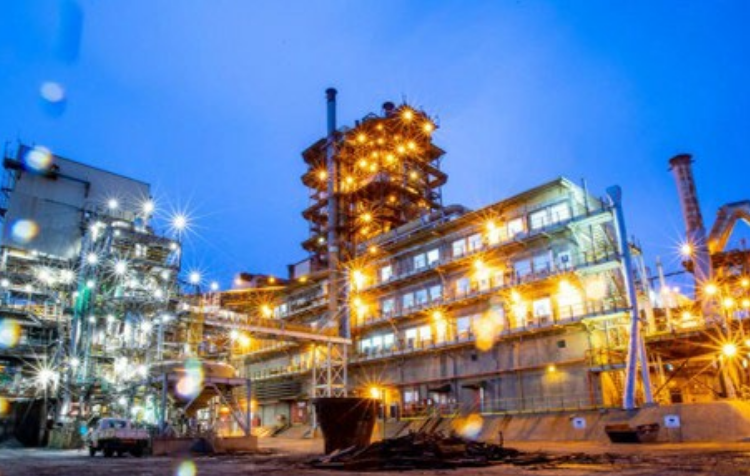On June 20, 2025, Glencore issued a stark warning that its Mount Isa copper smelter in Queensland is now financially unsustainable, citing a combination of plunging treatment and refining charges, soaring energy costs, and tightening copper concentrate supplies. The facility, which has operated for decades as a linchpin of Australia’s domestic processing capacity, is reportedly losing up to $30 million per month. Glencore executives stressed that without immediate government intervention, the smelter faces closure, jeopardizing 550 direct jobs and thousands more in connected industries such as fertilizer production, logistics, and local services. The company is seeking an urgent support package from both federal and state governments to stave off what it calls a “critical minerals crisis in the making.”
This predicament is not unique to Glencore. Analysts have described the situation as symptomatic of a broader decline in Western smelting and refining capabilities. As China has rapidly expanded its processing capacity and aggressively undercut global pricing, refining margins have collapsed to historic lows. Across Australia, other facilities, including Nyrstar’s smelters and Rio Tinto’s aluminum operations, are similarly vulnerable. The risk is that closures could hollow out Australia’s value-added mineral processing sector, forcing the country to export raw concentrates while importing higher-value products—a reversal of long-term ambitions to strengthen sovereign supply chains.
For policymakers and stakeholders, the implications are profound. If Mount Isa shuts down, Australia could lose a cornerstone of its critical minerals infrastructure just as global demand for copper and battery metals accelerates. Regional economies would face waves of job losses, eroding industrial diversity and deepening dependence on unprocessed exports. Glencore’s appeal for a multibillion-dollar support package underscores the urgency of a coordinated response that balances competitiveness, energy transition goals, and strategic resilience. Without decisive action, Australia risks ceding its industrial edge in a sector central to the clean energy future.

